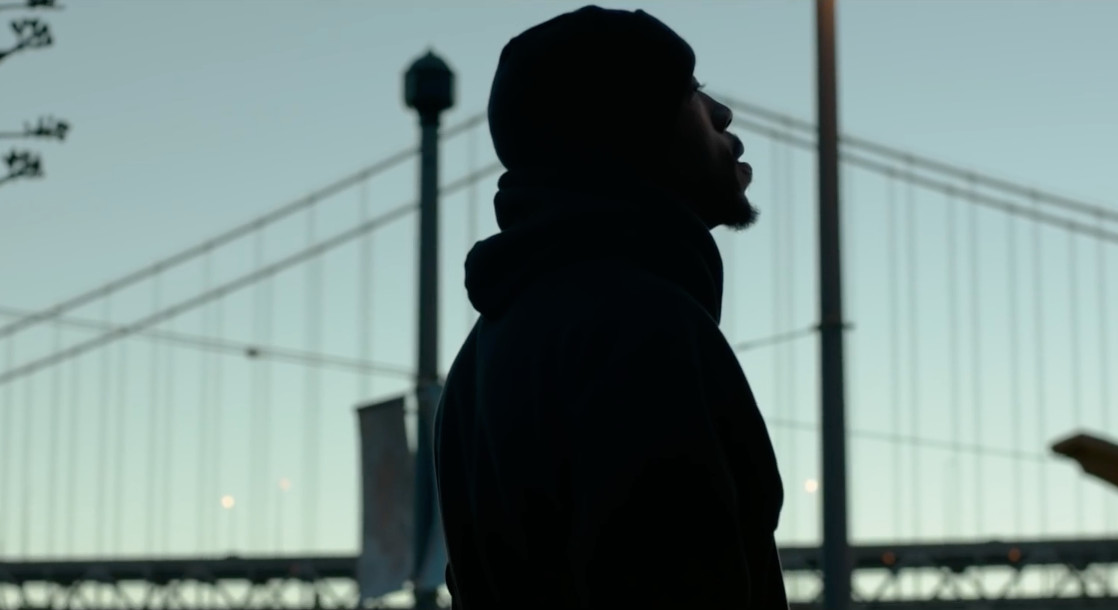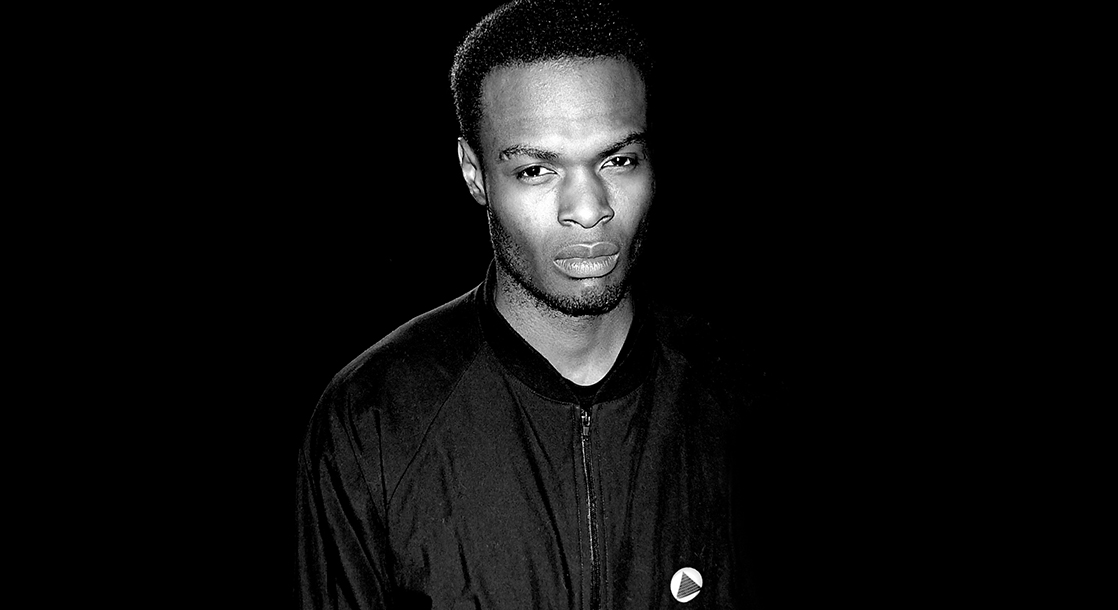As a conceptual artist, Warren Neidich's work spans beyond the spheres of public art, film, choreography, and theory. Neidich's past projects, such as Resistance Is Futile/Resistance Is Fertile, seize your attention—no matter what vantage point you're coming from. Beginning with American History Reinvented in 1989, Neidich's work has grown to explore the complex facets of American culture involving materialism, general intellect, and Theory of Mind. He launched altbrain.org as a platform for artists to investigate perception, memory, and consciousness using their own materials. In 2005, he launched the world's first neuroaesthetics symposium, and has lectured extensively on the subject. His latest exhibition, The Palinopsic Field, runs through August 14 at the Los Angeles Contemporary Exhibitions (LACE).
Neidich describes himself as a “post-conceptual artist and writer” who focuses on the capacity of art in reality as well as in the confines of our brain activity. MERRY JANE had a chance to connect with the artist to discuss the meaning behind his work.

MERRY JANE: What is the relationship between art and neuroscience?
Warren Niedich: I began lecturing about Neuroaesthetics in 1996 at the School of Visual Arts in New York City at the invitation of the photographer Charles Traub. These initial lectures embodied the early stages of neuroaesthetics. They attempted to explore the same territories or spheres of knowledge as those of neurophysiology, cognitive neuroscience, and evolutionary cognitive neuroscience, but instead of utilizing scientific methodologies used artistic media, processes, histories, apparatuses, and interfaces. These approaches generated artistic facts rather than scientific facts. Importantly, neuroaesthetics is a non-reductive and non-cognitivist methodology which is not neuro-centric, that approach which tries to understand art through the laws of neurology, but cultural-centric.
Neuroaesthetics stresses that the brain is a becoming entity, not a crystallized being, which is subject to ontologic change as a result of its relationship with the cultural environment. Through a process called epigenesis, the brain’s inherent pluripotential, neuroplastic materiality is sculpted. Neuroaesthetics is a series or assemblage of emancipatory practices which act through this neuroplastic potential. Neurocapitalism is a field of relations that includes neuroscience, neurophysiology, neuropharmacology, and neurotechnologies. All of which on the surface appear to be inventions that ostensibly were created and developed to improve mankind but instead have the potential to subsume free consciousness. In cognitive capitalism, the brain and mind are the new factories of the 21st century.
MJ: The Palinopsic Field is running at Los Angeles Contemporary Exhibitions (LACE) through Aug. 14. Why is this theme important in today’s homophobic/racist climate?
WN: History repeats itself. The key to this statement is to understand how new technologies create new scripted realities through which older ideas and interests can be re-interrogated and re-scripted. Such is the case for gender equality, issues of race, and, of course, attitudes towards the LGBT community. Many of us thought that the issues of racism, homophobia, and gender inequality were already resolved and put to rest, the result of the struggles and victories of the political and social movements of the ’60s, ’70s, and ’80s. We can never rest or drop our guard. The widespread alienation of a disaffected public exposed in this year’s election cycle—i.e. the Donald Trump phenomena and Brexit—created by accelerated globalization and the massive wealth accumulation it perpetrated, resulting from the wide use of the Internet in combination with austerity programs to reduce national budgets, has created a socio-political crisis.
In my work, newspaper articles found at LGBT archives such as ONE National Gay and Lesbian Archives at USC Libraries in Los Angeles, dating from 1950–1954, recount the results of another political crisis and the fears it generated in the days of the Cold War. Left-leaning citizens and members of the LGBT community lost their jobs and were discriminated against. This was called the Lavender Scare and complemented the Red Scare.

MJ: Your piece “The Archive of False Accusations” features clippings about LGBT men and women from a darker time, lit in a lavender light. How is the landscape in America changing?
WN: My work “The Archive of False Accusations” recounts what the great German philosopher Friedrich Nietzsche, building on the work of Auguste Blanqui, called the “eternal return” or “eternal recurrence,” in which the phenomena of the universe will recur infinitely. He referred to this as “the thought of thought.”
In the exhibition, I utilize the idea of the afterimage in my work in the same show, my so-called “Afterimage Paintings,” as a metaphor of the idea of a phantom which is neurophysiologically reconstituted over and over again infinitely. On the left is a red neon which spells the name of one of the Hollywood Ten. Those Hollywood writers and directors who refused to testify in front of Joseph McCarthy’s House Un-American Activities Committee and were therefore blacklisted. On the right, a painting that mimics those stars found on the Hollywood Walk of Fame. The viewer or observer stands in front of the red neon name and stares at it for five seconds, which creates an afterimage in blue-green, the result of the bleaching of the retinal pigment. He or she then shifts their gaze to alight on the empty space contained within the painted star to his or her right or left. The afterimage is projected upon the painting. It finishes the painting which had remained unfinished, awaiting the afterimage to become complete. The afterimage effect returns infinitely. This group of works is the first part of what I refer to as the “politics of color,” as it is based upon what had been referred in the 1950s as the Red Scare. The second part of the show, “The Archive of False Accusations,” deals with what had been referred to as the Lavender Scare. Folklore notions that lavender oils affect male hormones and incite gynecomastia, or breast enlargement, may have been the roots of this designation. Vitrines bathed in lavender light illuminate newspaper articles sourced from newspapers between 1950–1954 and tell the story of the witch hunt and mass firings of homosexuals from the United States Government. Homosexuals were thought to be security risks and communist sympathizers.
Today, the conditions of the Cold War have waned and we are faced with the War on Terrorism directed against Global Terrorism. Our new enemy is Radical Islam. This has generated a recycling of fear of the other constituted as Islamophobia. Islamophobia, the anti-immigration sentiment, and homophobia are all part of the same dread of the other. The exhibition connects the idea of false impressions like afterimages with the idea of false accusations. Both are false impressions that we treat as real.

MJ: What is the concept behind “Resistance Is Futile/Resistance Is Fertile”?
WN: “Resistance is Futile/Resistance is Fertile” is a work of art that I made in 2006 at the Kunsthaus Graz in an exhibition entitled “Protections,” curated by Adam Budak and Christine Peters. It deals with the subjugating capacity of the mediated world we live in. The key to understanding this condition is the concept of neuropower, a term I began to develop in 2006. It is a key component to understanding the dialectic between sovereignty and artistic power operating in cognitive capitalism today. It is the most recent manifestation of biopower.
We are now in the late stage of cognitive capitalism, in which the material of the brain is the new focus of these apparatuses. It is made up of three components. First and foremost it acts upon the child’s—and to some extent the adult’s—neural plasticity to produce a future optimized consumer citizen. With the advent of new powerful software agents that track our choices and create profiles, this is becoming ever more evident. Secondly, it acts to decrease the variability inherent in the cultural landscape, everything is becoming homogenized as we destroy our environments and its flora and fauna as well as populating the cultural environment with parametrically produced self-similar designs which has implications for the brain’s inherent variability. As the late neuroscientist Gerald Edelman suggests, this has implications for the complexity of the epigenetically developed brain. Thirdly, through different techniques emanating from the field of consumer neuroscience and neuroeconomics, areas of the brain important for decision-making, brand preferences, and prognostication called the prefrontal cortex are now being prodded, coaxed, and assaulted. These then form the new and future dispositifs of power’s engagement with the material architecture of the brain. I call this cynical materialism. I address some of these issues in my exhibition.











